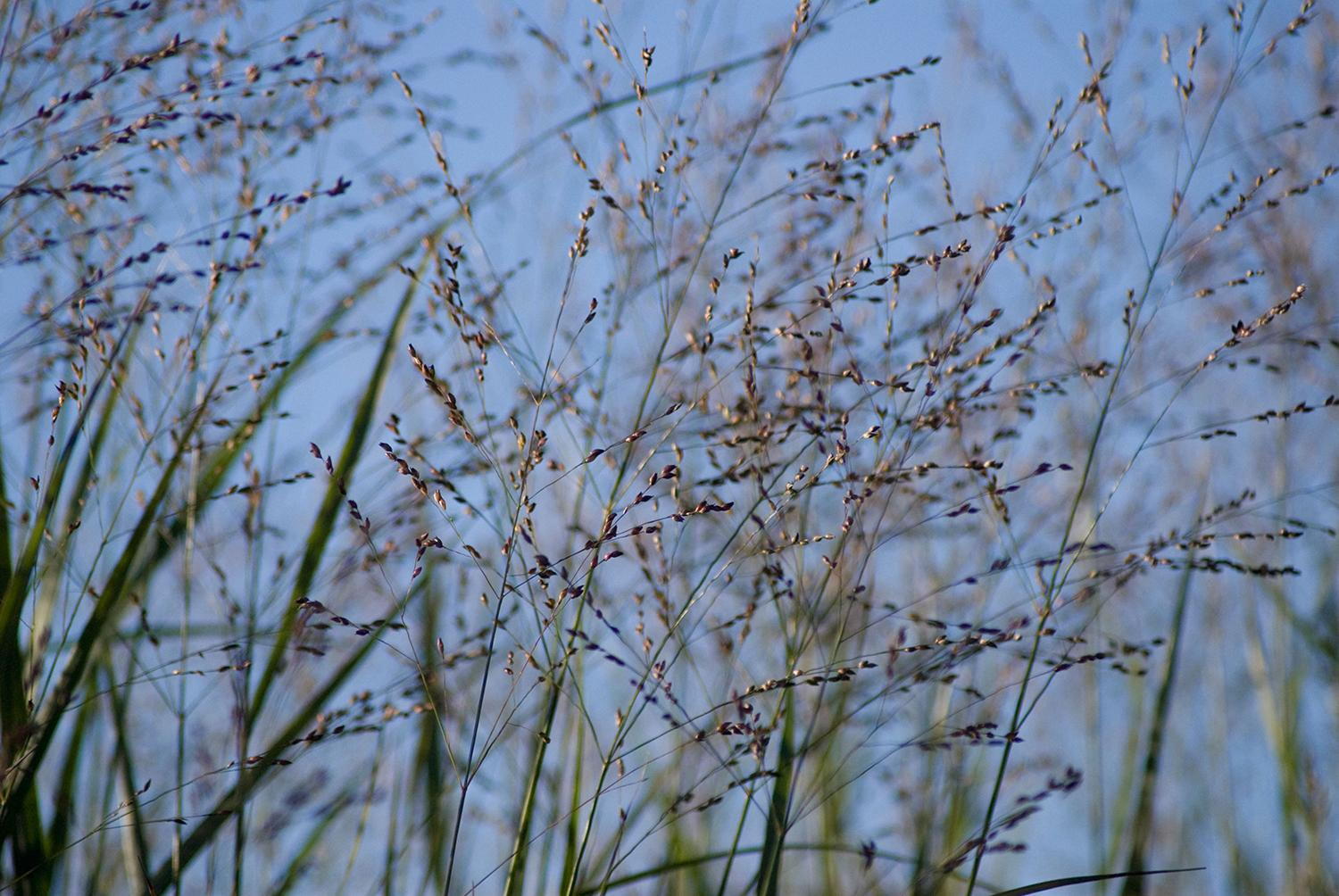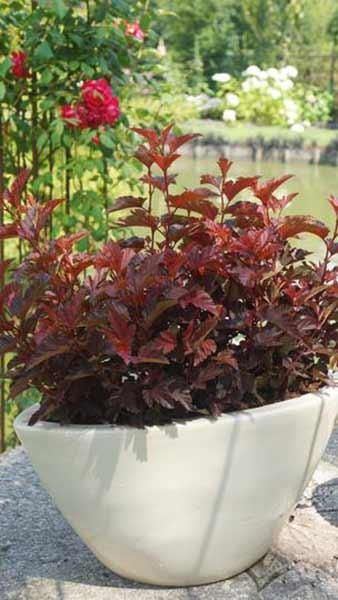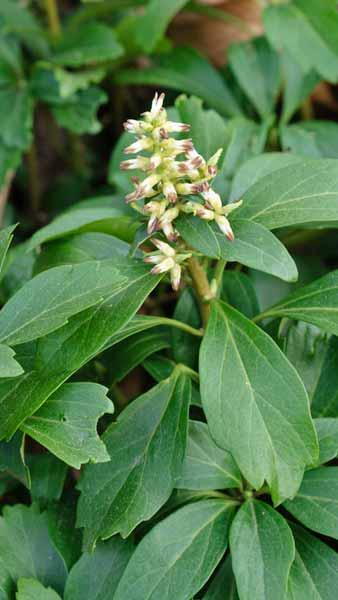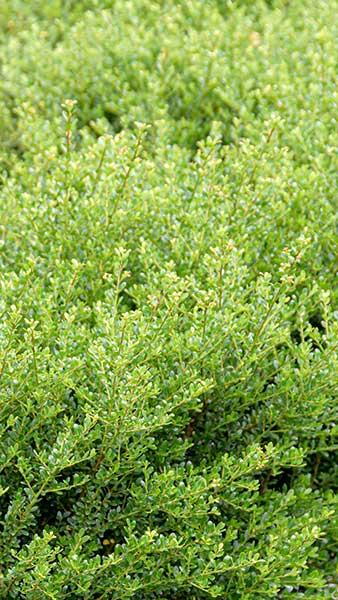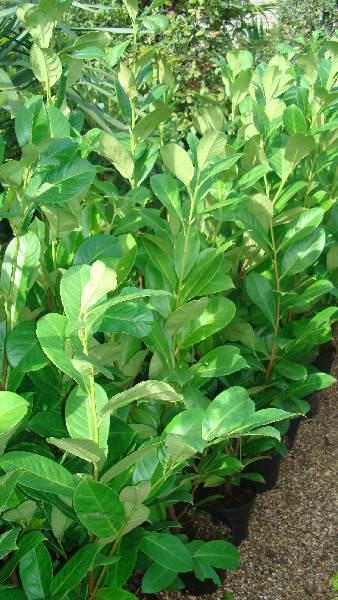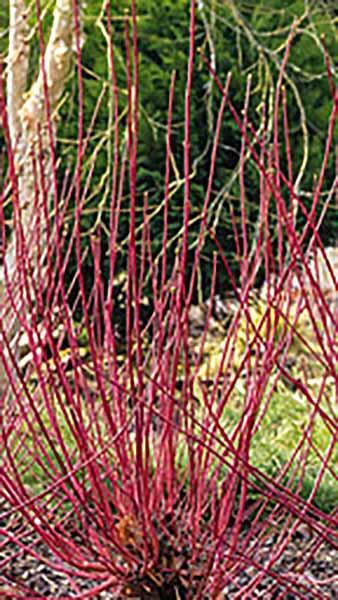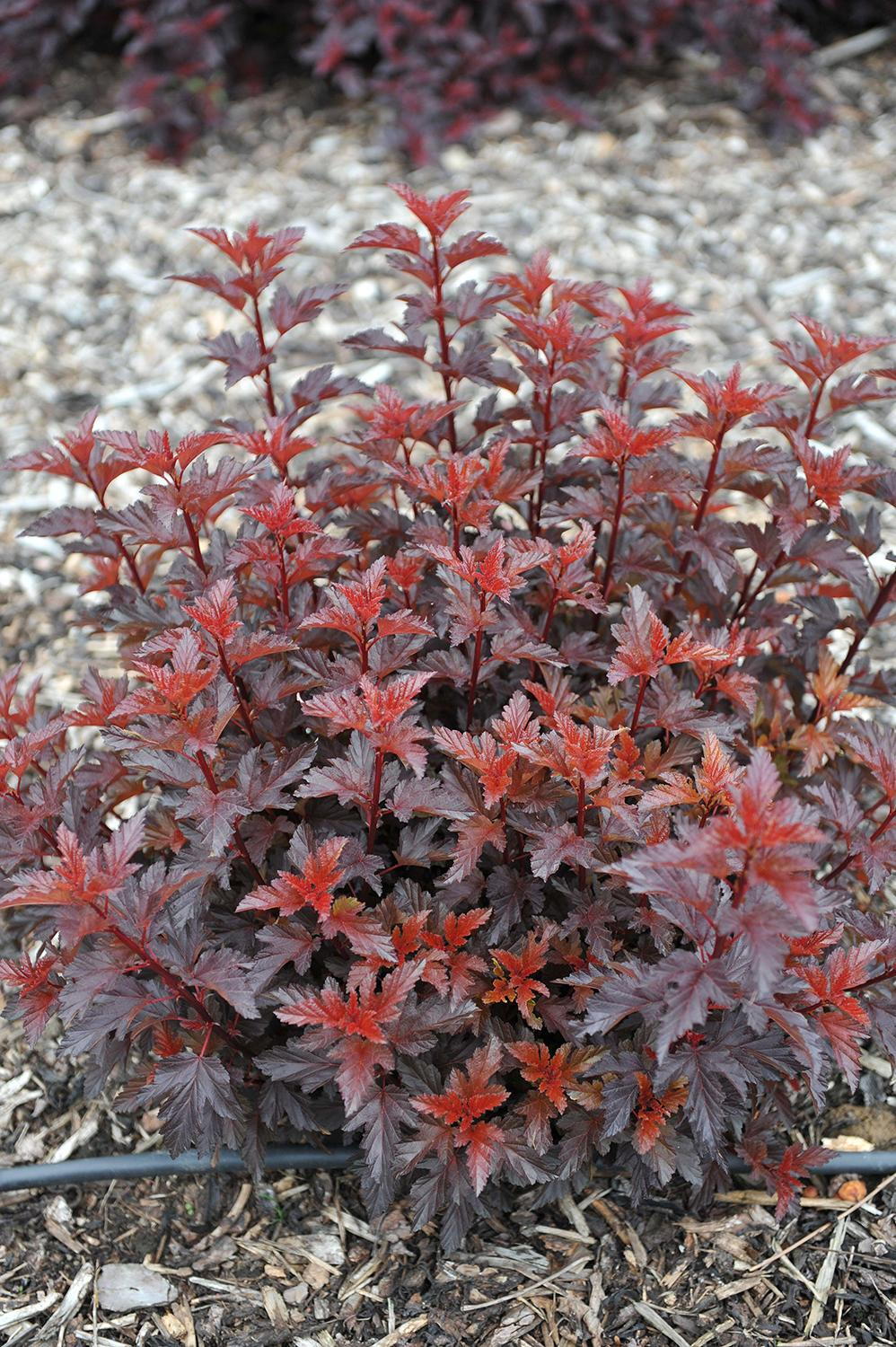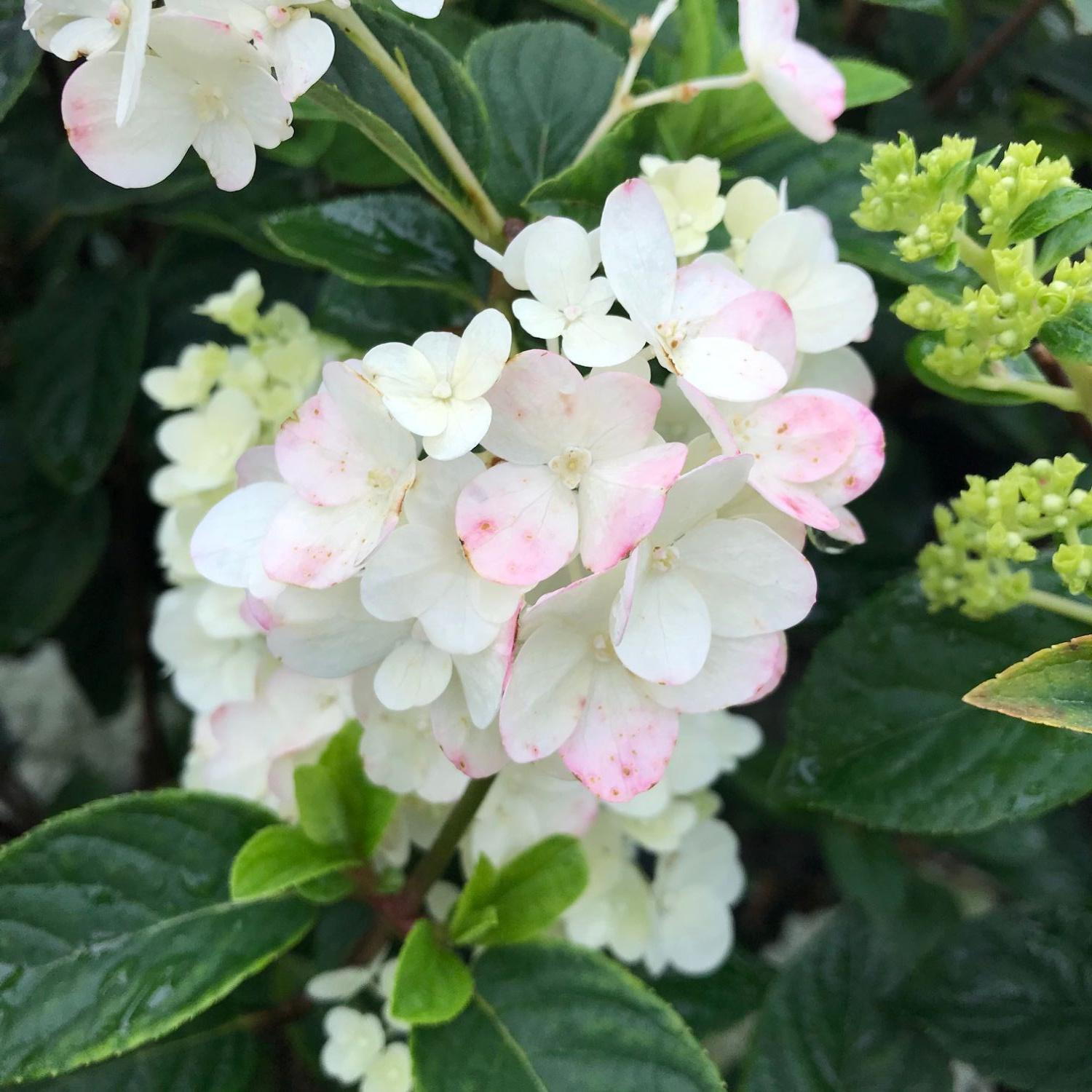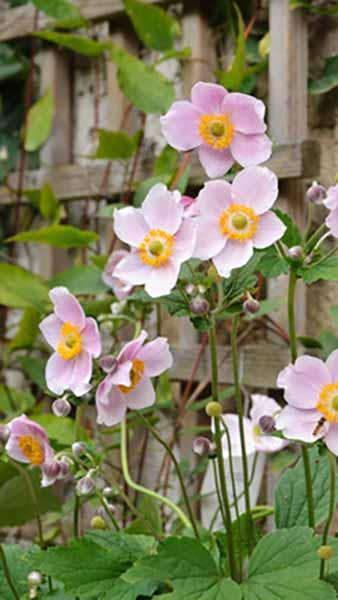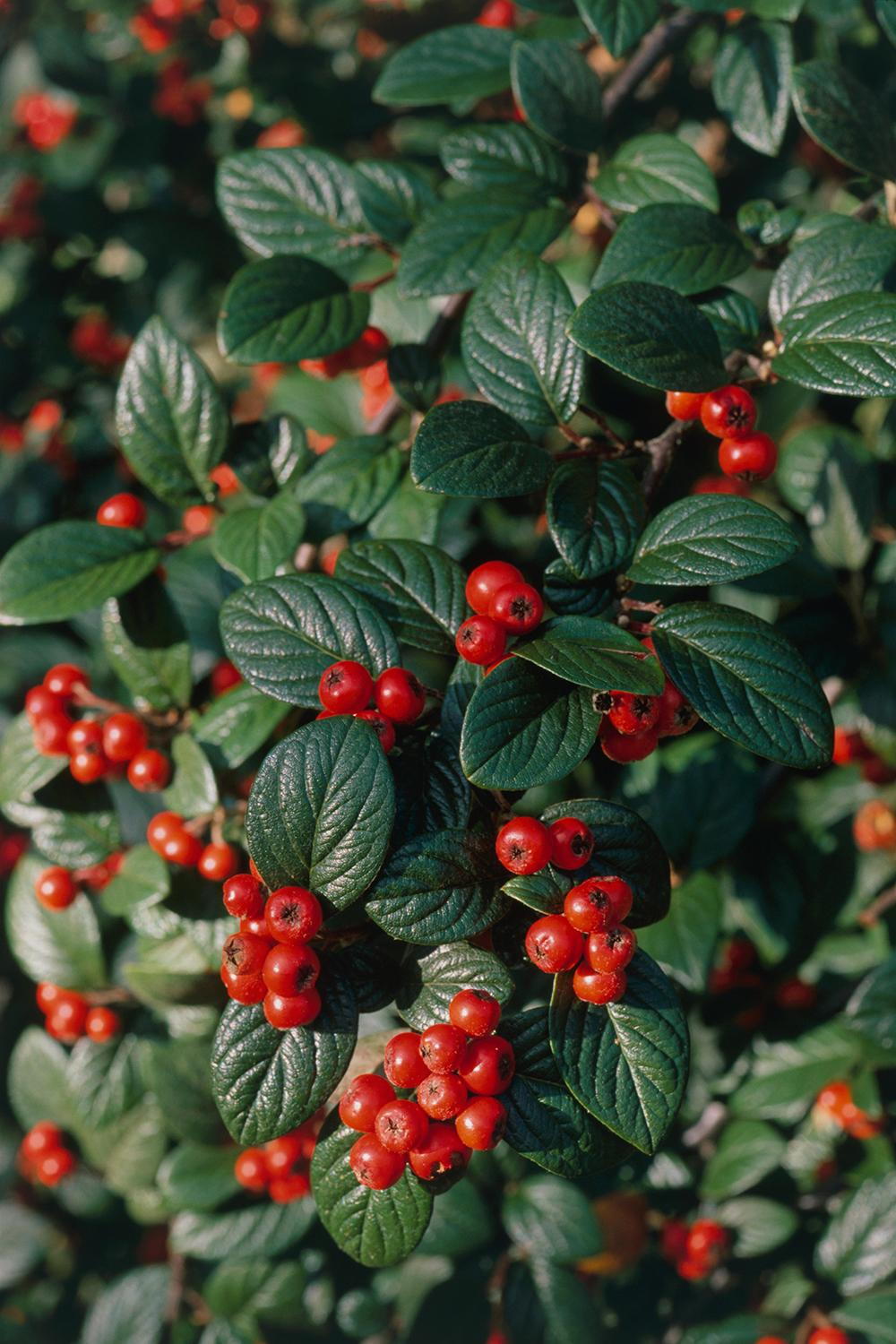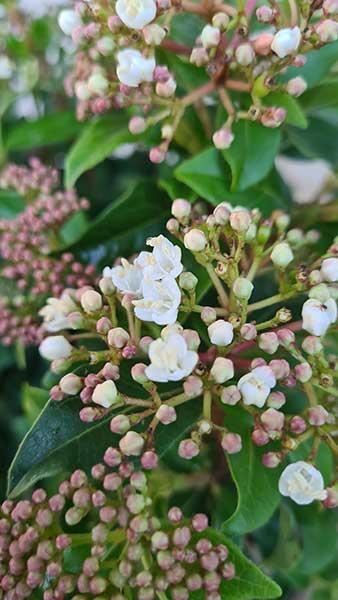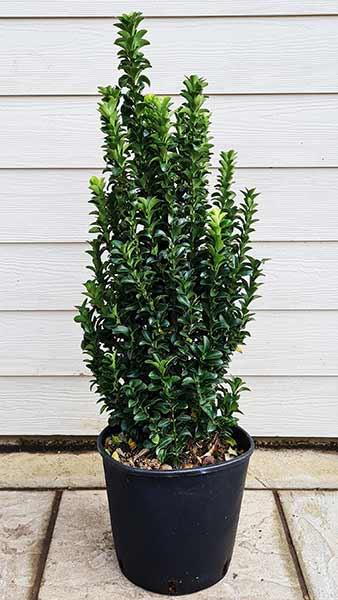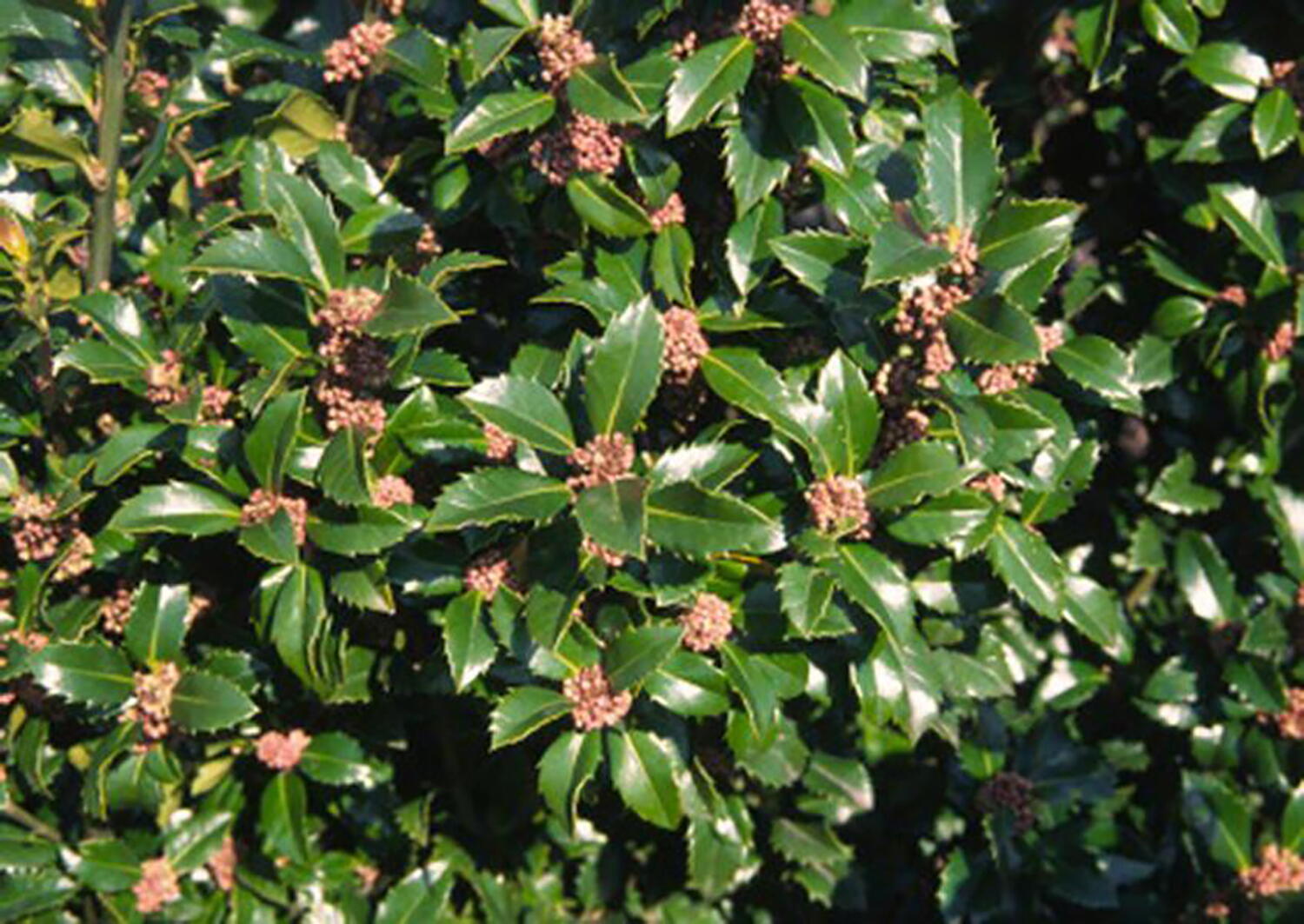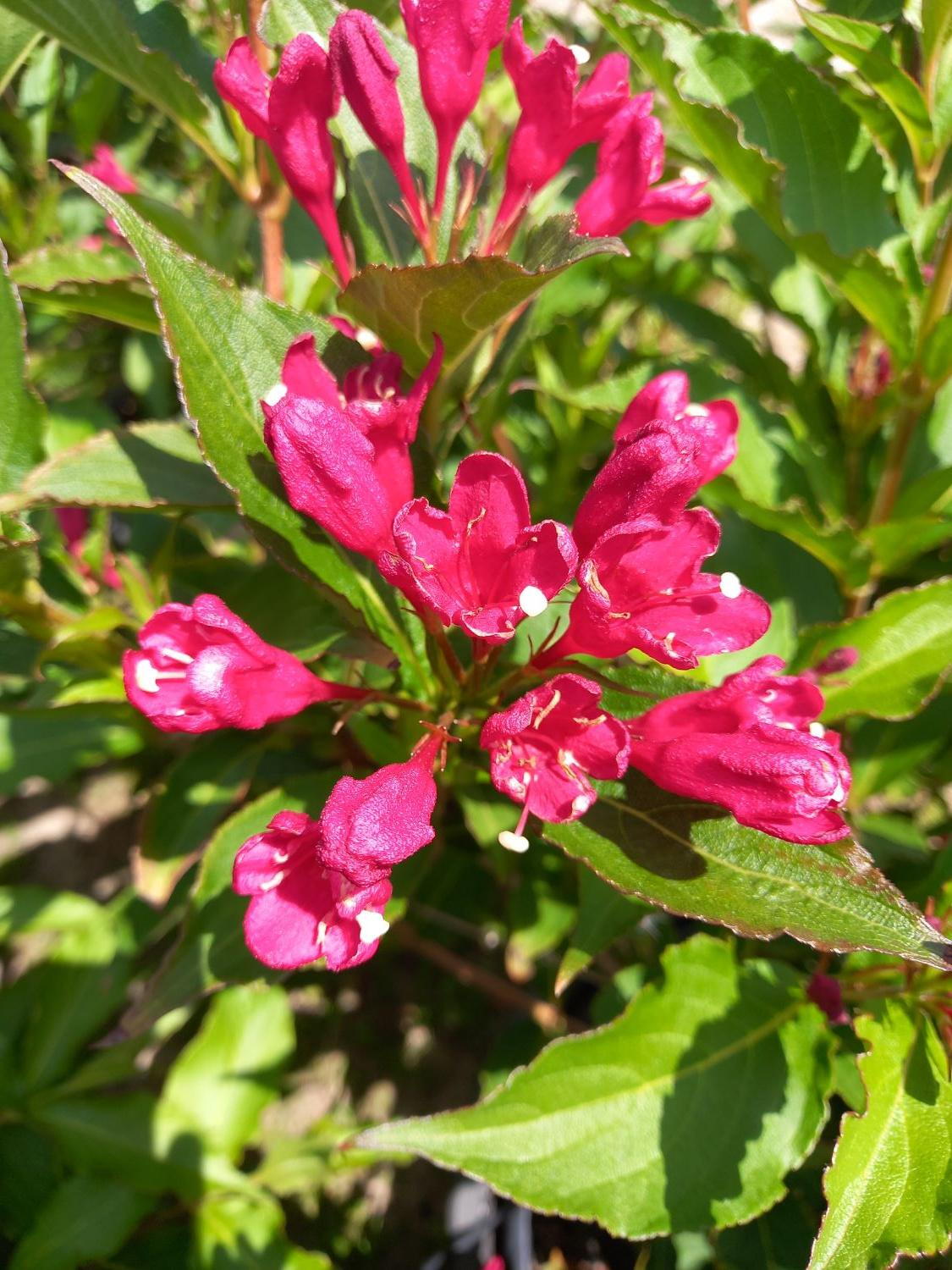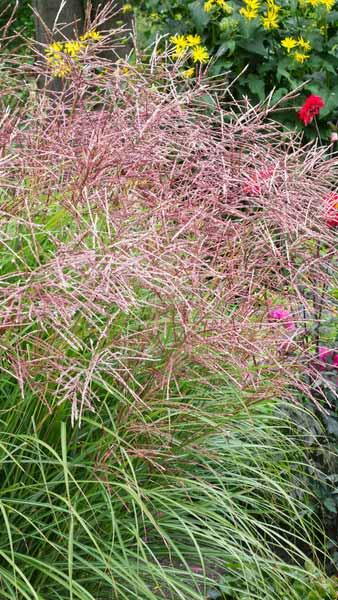Hydrangea paniculata Sundae Fraise. Hydrangea Sundae Fraise
Hydrangea paniculata Sundae Fraise is a new variety, prized for its very floriferous habit and showy, colour changing blossoms. Compact, low-growing and highly-decorative, this cultivar is a perfect candidate for a focal point in the garden or, planted en masse, as a stunning flowering border.Growing in a bushy habit, Hydrangea Sundae Fraise has medium green, oval, broad leaves borne on crimson red stems. In July, this deciduous shrub is engulfed in a profusion of cone-like, upright panicles. The blossoms open as creamy white, soon to be tinged with pink, and, finally, turning a lovely strawberry pink from August to the end of the flowering season. As it is the case with all Hydrangeas, the intensity and shade of the blossoms will depend on the pH of the soil it is planted in.Hydrangea Sundae Fraise is easy to grow and to care for. This cultivar will thrive in humus-rich, moist soils, regardless of their type. Although this deciduous shrub tolerates partial shade, for best results and more vibrant colours of the flowers, choose a spot in full sun. Quite robust once established, this particular variety does not require as much watering as other Hydrangea varieties.Even though its delicate, showy looks suggest otherwise, Hydrangea paniculata Sundae Fraise is a tough cultivar. It can survive even if the temperatures drop to 20 degrees below zero, and it is fully hardy in the United Kingdom. Not only that this flowering shrub is not bothered by frost, it can also flourish in both sheltered and exposed location, regardless of the cold winter winds.Bred to keep its compact size as it matures, Hydrangea Sundae Fraise will grow to be up to 120 centimetres high and across. This makes it ideally suited for small gardens and growing in large containers. When it comes to maintenance, a little effort goes a long way with Hydrangeas. Pruning should be done early in the spring, removing the previous season’s flowering shoots to encourage prolific flowering. After pruning, mulch and feed for the plant to produce larger blossoms.Attractive habit and a stunning display of blossoms make Hydrangea Sundae Fraise a marvelous specimen plant, whether in a garden or a container. Use this floriferous perennial to add a profusion of colour to your patio, balcony or a mixed shrub border. You might also be interested in our collection of flowering plants that includes shrubs, perennials, and trees that produce eye-catching blossoms.


